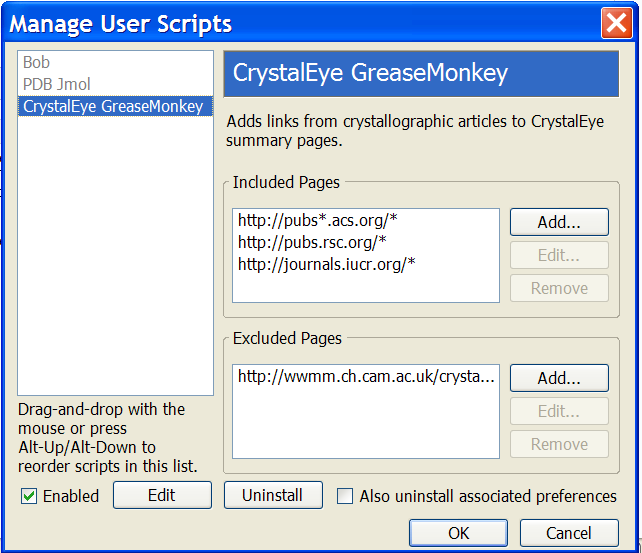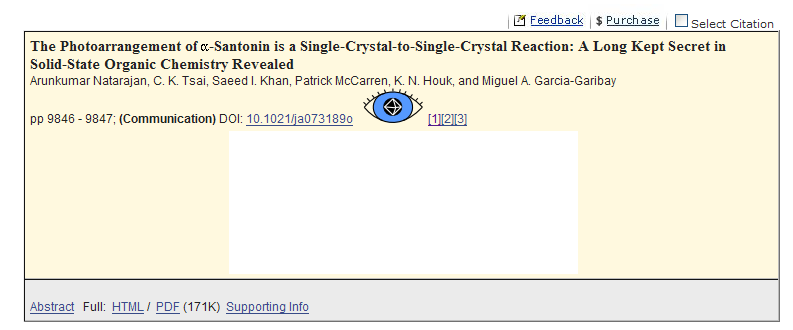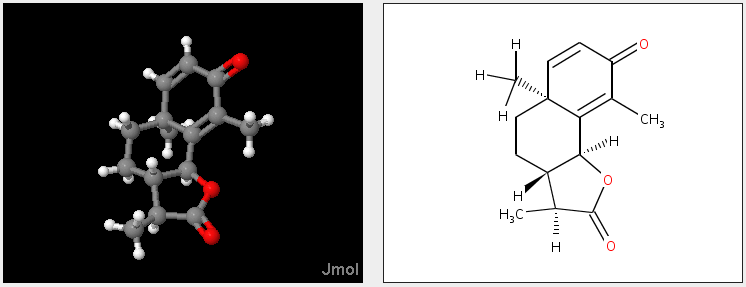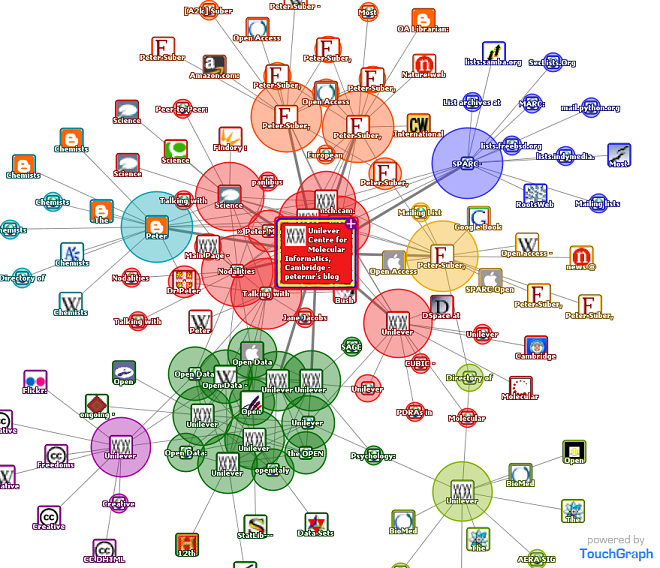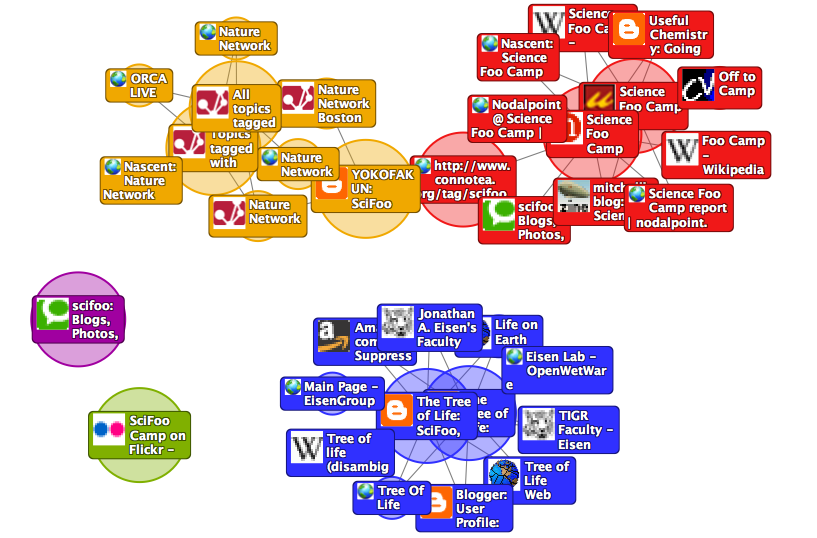Continuing the theme of my last post on copyright absurdities here is the gist of a mail I got today – I have rewritten it in my own words and changed identities.
My correspondent is writing a scholarly account of the work of a famous Hungarian scientist (Prof. Z) and needs 3 articles in Hungarian published 85 years ago. Her (highly prestigious) institution does not have paper copies either locally or in the stores. So the only option was to request interlibrary loans from the British Library. These are photocopies, not the actual volumes of course. When the photocopies came, she was called to SIGN for them. SIGN?? (I remember ILL as something that came through the post – I never had to sign for them). The signature indicated – in her words – “what I could NOT do. Thus
1. I could not copy it, or covert it to any digital form2. I could not pass the original paper on to anyone else (including students).3 I could not quote from it without permission.”
PMR: What on earth is happening here??? If a alien visitor came here tomorrow it would be told:
- Scientists do science which they wish to communicate to other people, especially scientists.
- The do this by writing papers. They do not expect to get paid by the people who read the papers.
- They are delighted when people read their papers. They never refuse permissions for people to re-use their material.
- They only wish to be recognised as the authors of the work.
- Eventually they die. Dead scientists are unable to respond to requests for permissions. Prof. Z has been dead for 40 years. That’s a long time.
- The national library of Britain has a policy which is – presumably – based on some idea of copyright which effectively restricts the readership of these articles to near zero.
PMR: I think the whole library world is now infected with copyright paralysis. I have come across this several times in the case of theses. “Oh we cannot let you actually datamine any useful information from this thesis because we are not the copyright holder. Oh and s/he is dead.”
So what is actually the problem? My feeble understanding of copyright is that (at least in the UK and much of Europe) this is a civil matter between me and the copyright holder. The worst that can happen is that the copyright holder can sue me. And that the damages will reflect the material loss that they have suffered. I remind you, Prof Z. is dead. He is unlikely to sue anyone. If he were alive he would give my correspondent permission. Perhaps his estate (were we able to locate it) would sue her? And what would be the damage? letting a student read his work?
So here is a risk assessment so she can decide whether to take the risk of giving the photocopy to a student. These are probabilities
- Chance Prof Z rises from grave: 6 * 10-233 (a conservative estimate)
- Chance his estate is notified of apparent copyright violation 10-12
- Chance his estate regards this as a material breach 10-10
- Chance court awards judgement in favour of Prof. Z’s estate 10-10
- amount of damages: 1 forint
So her likely loss is 10-32. I could live with this
On the other hand she is very likely to be taken to task by the British Library for violating something I do not understand and which is totally irrelevant.
Some simple facts (not FACT)
- scientific papers are different from Harry Potter novels
- scientific papers are different from Mickey Mouse cartoons
- scientific papers are different from Beatles records
- scientific papers are different from videos
So why don’t we decide as a community that copyright of scientific papers written by dead scientists is an irrelevancy in the modern age. Yes, we recognise that copyright on recent publications is different because the publishers will sue us or cut off our supply and that’s a different argument for a different day.
Please, librarians, help us take some positive steps for once.
[NOTE ADDED LATER.
Professor Z is not, in fact, dead – see comments – and I apologize profusely for this slur. I will revise the probability downwards to ca 10-6. Even at these odds, however, I will take the risk. ]




